A Time Capsule of Milwaukee
Art Museum's “Portrait of Milwaukee” offers vignettes of the city’s history over an 80-year period.
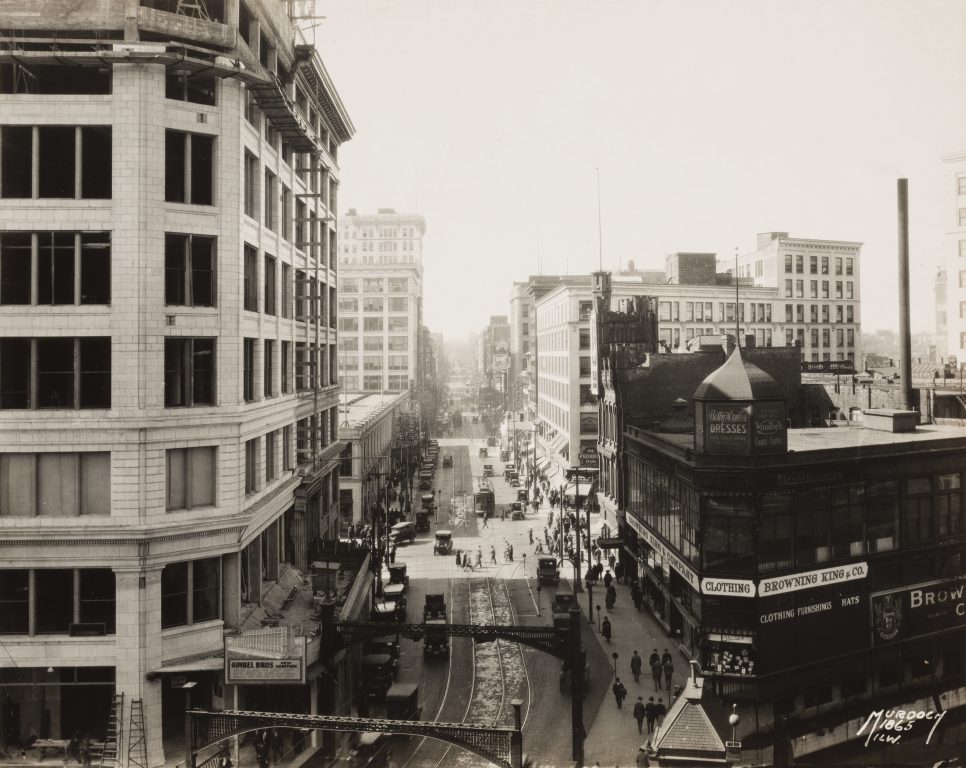
Murdoch & Company, View West of Wisconsin Avenue, Milwaukee, from Pabst Building, 1923/25. Gelatin silver print. Gift of Friends of Art, M1989.410. Copy photo by John R. Glembin.
Through March 1, the Milwaukee Art Museum presents the photography exhibition, “Portrait of Milwaukee,” which offers a candid and engaging look at the city’s industry, history, politics, culture and nightlife over nearly 80 years.
Located in the museum’s Herzfeld Center for Photography and Media Arts, the exhibit features nearly 100 black-and-white silver gelatin prints taken by dozens of Milwaukee photographers and photojournalists, among them Edward R. Farber, Esther Shapiro, James Brozek, Mark E. Jensen, Steven D. Foster, Arthur P. Haas, Jerry Berndt, Kristin Gronbeck, Ned Vespa, and Susan Armour. Besides having a great eye for detail, some of the photographers were ahead of their time in terms of technology. For example, Milwaukee Journal-Sentinel photographer Farber developed the portable electronic flash in 1937, an invention which has had an indelible influence on photojournalists.
Photos from Milwaukee companies Harley-Davidson and Miller Brewing Company illustrate their major impact on the city’s economy. It’s difficult to imagine Brew City without them.
“Portrait” captures many of the city’s neighborhoods and small businesses, from east side barber and flower shops to north side butcher shops and south side homes. Other photos showcase the serene, cool beauty of Lake Michigan, Milwaukee’s greatest natural landmark, the city’s stunning Victorian-era architecture, and the Milwaukee Bucks on the basketball court.
“Portrait” also contains photos from “Spirit of Milwaukee,” an exhibit created by The Milwaukee Center of Photography (a school founded by Murray Weiss and Robert Lewis and in operation from 1975 to 1986) to honor the U.S. Bicentennial.
Former Milwaukee Area Technical College photography instructor and artist Larry Chatman’s photos focus on African American subjects, highlighting the vibrant nightlife on Milwaukee’s North Side in the late 1970s.
Another highlight of the exhibit is a series of photos taken by Stanley Ryan Jones, documenting individuals in the city’s punk/New Age movement in the late 1970s/early 1980s. Displayed in a glass case, the photos have singed edges, the result of a fire which took place in the early 1990s in the Norman Hotel on Wisconsin Ave,, where Jones’ studio was located. Although some of the photographer’s work was destroyed, these photos, which were stacked on top of each other, miraculously remained intact.
“These photos are a great time capsule. There’s a lot of pride in this city, and this exhibit does a nice job of covering that scope,” said Josh Depenbrok, MAM public relations manager.
A carefully curated homage to Brew City’s rich history and unique character, “Portrait of Milwaukee” holds plenty of interest and appeal for tourists and city residents of varying ages.
“Portrait of Milwaukee” Gallery
“Portrait of Milwaukee”, at the Milwaukee Art Musuem, 700 N. Art Museum Dr., through March 1.
If you think stories like this are important, become a member of Urban Milwaukee and help support real independent journalism. Plus you get some cool added benefits, all detailed here.
Art
-
Winning Artists Works on Display
 May 30th, 2024 by Annie Raab
May 30th, 2024 by Annie Raab
-
5 Huge Rainbow Arcs Coming To Downtown
 Apr 29th, 2024 by Jeramey Jannene
Apr 29th, 2024 by Jeramey Jannene
-
Exhibit Tells Story of Vietnam War Resistors in the Military
 Mar 29th, 2024 by Bill Christofferson
Mar 29th, 2024 by Bill Christofferson
Review
-
Ouzo Café Is Classic Greek Fare
 May 23rd, 2024 by Cari Taylor-Carlson
May 23rd, 2024 by Cari Taylor-Carlson
-
‘The Treasurer’ a Darkly Funny Family Play
 Apr 29th, 2024 by Dominique Paul Noth
Apr 29th, 2024 by Dominique Paul Noth
-
Anmol Is All About the Spices
 Apr 28th, 2024 by Cari Taylor-Carlson
Apr 28th, 2024 by Cari Taylor-Carlson



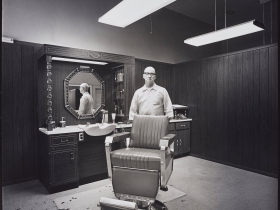
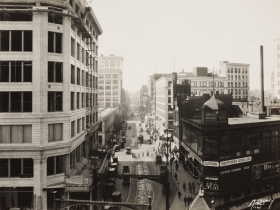
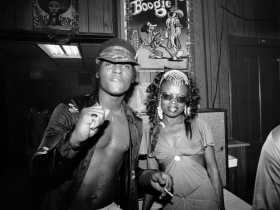
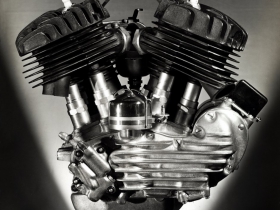
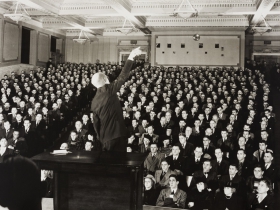
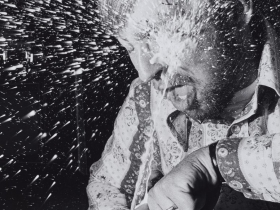




















If the streets in Milwaukee seem more vibrant in some of these photographs, it’s because Milwaukee was once much more lively. In 1920, Milwaukee was the 13th most populous city in the U.S., and its population density was second only to New York City. Milwaukee’s population density in 1920 was nearly three times its current population density. Image three people for every person you see on the street today – quite a difference. This goes a long way to explaining the popularity of places like the Tripoli Shrine masonic temple and the Eagles Club, which today seem slightly out of place. (Source: https://www.census.gov/population/www/documentation/twps0027/tab15.txt)